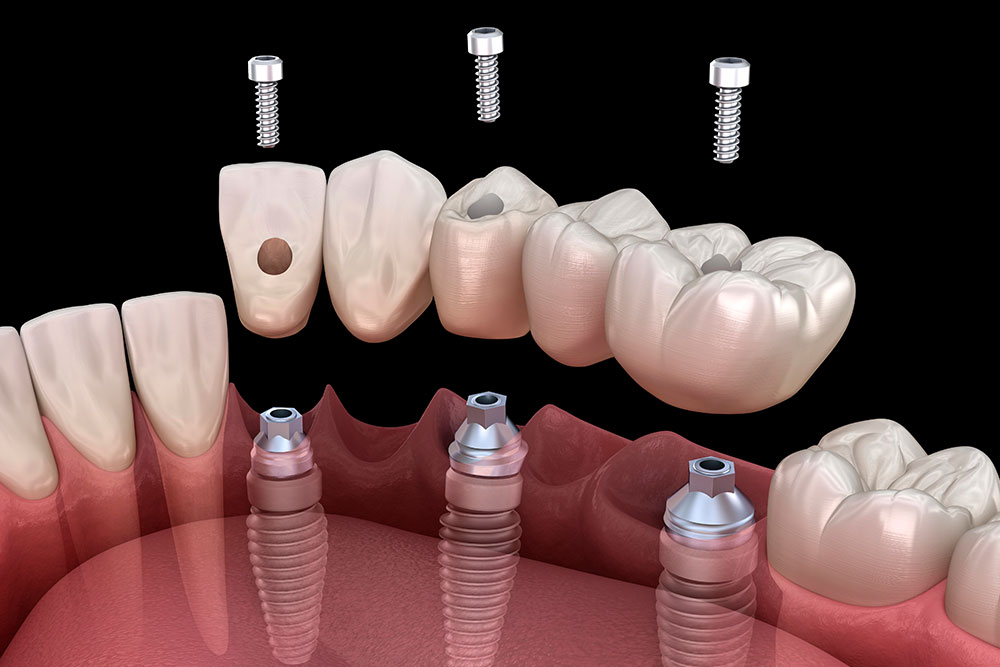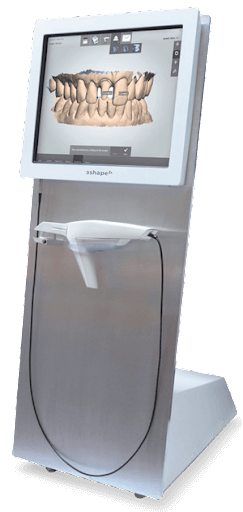Dental implant procedures require precision, expertise, and the right set of tools. Using high-quality dental implant tools makes sure of accuracy, minimizes complications, and improves patient outcomes.
With advancements in technology, modern instruments make procedures more predictable and efficient. No matter if it’s restoring a single tooth or performing a full-mouth reconstruction, having the right equipment is important for achieving long-term success.
Below, we explore the important tools that every dentist should have for implant procedures.
A Well-Organized Surgical Setup

Before an implant procedure begins, having a well-prepared surgical setup is key to a smooth and efficient process. A sterile environment, along with the proper instruments, helps reduce risks and enhances precision.
Anesthetic solutions, such as lidocaine or articaine, are carefully selected based on the patient’s needs. Surgical cassettes, which include periosteal elevators, forceps, and hemostats, are arranged for easy access.
To maintain a clean operating field, sterile materials like gauze and sodium chloride are prepared in advance. Since precision is important, surgical blades and sutures must be on hand to facilitate accurate incisions and wound closure. With a complete and organized setup, dentists can perform implant procedures with confidence and efficiency.
Implant Drill Kits for Precise Placement
An implant drill kit is one of the most important components of a successful dental implant procedure. These kits contain a variety of drills designed to create precise osteotomies and allow for accurate implant positioning.
Depth markers guide the drilling process and prevent excessive penetration into the bone. Different drill sizes accommodate varying implant diameters–guaranteeing a secure fit for each patient. The correct angulation of the implant is vital for long-term stability, and specialized tools in the kit assist in achieving optimal placement.
With a high-quality drill kit, dentists can improve the accuracy of their work and enhance the longevity of the implant.
Surgical Guides for Accuracy
Surgical guides play an important role in implant placement by helping dentists position implants at the correct depth and angle. These guides, created using digital planning software, act as a blueprint during surgery.
With their assistance, the risk of errors is significantly reduced, and the procedure becomes more predictable. Patients benefit from minimized trauma to surrounding tissues. This can lead to a faster recovery time.
Additionally, surgical guides enhance efficiency by reducing the need for extensive adjustments during the placement process. With these guides, dentists can deliver consistent and reliable results.
The Role of Surgical Handpieces and Motors
A high-quality surgical handpiece and motor are important for precise implant placement. These tools allow for controlled drilling and maintain the correct speed and torque throughout the procedure.
Consistency is key when working with delicate bone structures. A reliable handpiece helps prevent overheating and discomfort for the patient.
Additionally, modern handpieces are designed to be compatible with a range of implant systems, offering versatility for different clinical cases. Dentists can enhance their workflow and improve patient experiences by investing in durable and high-performing handpieces and motors.
Bone Expanders for Improved Stability
In cases where a patient has limited bone width, bone expanders give a solution for safe and gradual ridge expansion.
Instead of performing an invasive grafting procedure, bone expanders allow for a controlled widening of the implant site. This technique preserves bone density while creating the necessary space for implant placement.
The process is less traumatic than traditional methods and can lead to better primary stability of the implant. With the use of bone expanders, dentists can expand treatment options for patients who may otherwise not qualify for implants due to insufficient bone volume.
Soft Tissue Punch for Minimally Invasive Procedures
When performing a flapless implant procedure, a soft tissue punch is an invaluable tool. Instead of making a large incision, the punch creates a small and precise opening in the gum tissue. This allows for implant placement with minimal disruption.
This technique results in faster healing and less post-operative discomfort for the patient. The soft tissue punch contributes to better long-term aesthetics by preserving the surrounding gum tissue.
It also improves implant integration and promotes a more natural and stable result. For cases where a less invasive approach is preferred, this tool can be highly beneficial.
The Impact of High-Quality Tools on Patient Outcomes
Having the right dental implant tools directly affects the quality of care that dentists can give. Precision, efficiency, and patient comfort are all dependent on the tools used during surgery.
Modern advancements continue to refine implant instruments and make procedures smoother. The integration of advanced technology into implant dentistry has revolutionized treatment methods. This transformation benefits both dentists and their patients by enhancing precision and efficiency.
Partnering with Next Dental Lab
Next Dental Lab recognizes the importance of precision and reliability in dental implant procedures. Our lab offers high-quality restorations that complement implant treatments.
With cutting-edge technology and a commitment to excellence, we help dental professionals deliver outstanding results. To learn more about our dental products and services, contact us today.

